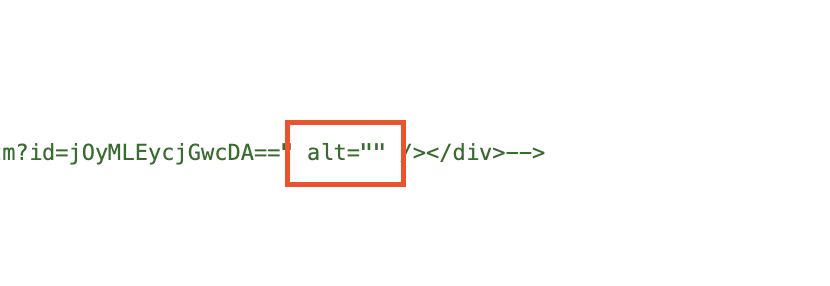by Laura Hughes
Where it started: Sometime in 2018, about twenty minutes before teaching my Introduction to Drawing class, I found myself facing a page on the course website containing twenty images with little red dials in the bottom corners. The red dials indicated that the images were missing “alt text”— descriptions that replace images when a person is using a screen reader. These particular images exemplified qualities of line and composition; they included drawings by David Hockney, Toba Khedoori, as well as student work. As I began to add alt text to the images, I found that the field for entering the alt text limited me to 125 characters. (There are almost 200 characters in the first sentence of this paragraph!) Beyond the enforced brevity, I felt an immense responsibility to the reader, and to the artwork itself, to write effective descriptions. As someone educated to be suspicious of claims to objectivity, I spend a significant amount of time not telling students what to see in works of art so that they build trust in their own vision. So how could I justify describing anything in 125 characters? How could I begin to describe the particular kind of sensitivity, or energy, or ferocity observable in any one drawing (or line!) so to inspire a sense of possibility in someone else tasked with making a drawing?
This essay was edited by Stephanie Snyder, John and Anne Hauberg Curator and Director, Douglas F. Cooley Memorial Art Gallery, Reed College, and appeared in CONDITIONS, a publication of The Ford Family Foundation. The annual arts journal (shifting title as it progresses) is part of the program element CRITICAL CONVERSATIONS, led by the University of Oregon with partners Portland State University, The Cooley Gallery, Reed College; and PNCA at Willamette University.
The title and concept for CONDITIONS came into focus as the editorial team launched its first issue, FIGURING. Here, we shift from FIGURING’s multiple perspectives on the body and the psyche to examine the cultural and biological mysteries and actualities of life at this tenuous environmental and socio-political moment. As our need for breath and sustenance are foregrounded across an accounting of our shared lives, we hope that CONDITIONS offers a space to meditate on the ways in which works of art (including writing) support us in making meaning from our state of, and provisions for, being.
Featured Contributors: Amelia Rina, Laura Butler Hughes, Luiza Lukova, Sara Krajewski, Malia Jensen, Lumi Tan, Steph Littlebird, Ido Radon, Alejandro Espinoza Galindo, Stephanie Gervais, Stephanie Snyder, K. Silem Mohammad, Prudence Roberts, Sara Jaffe.
